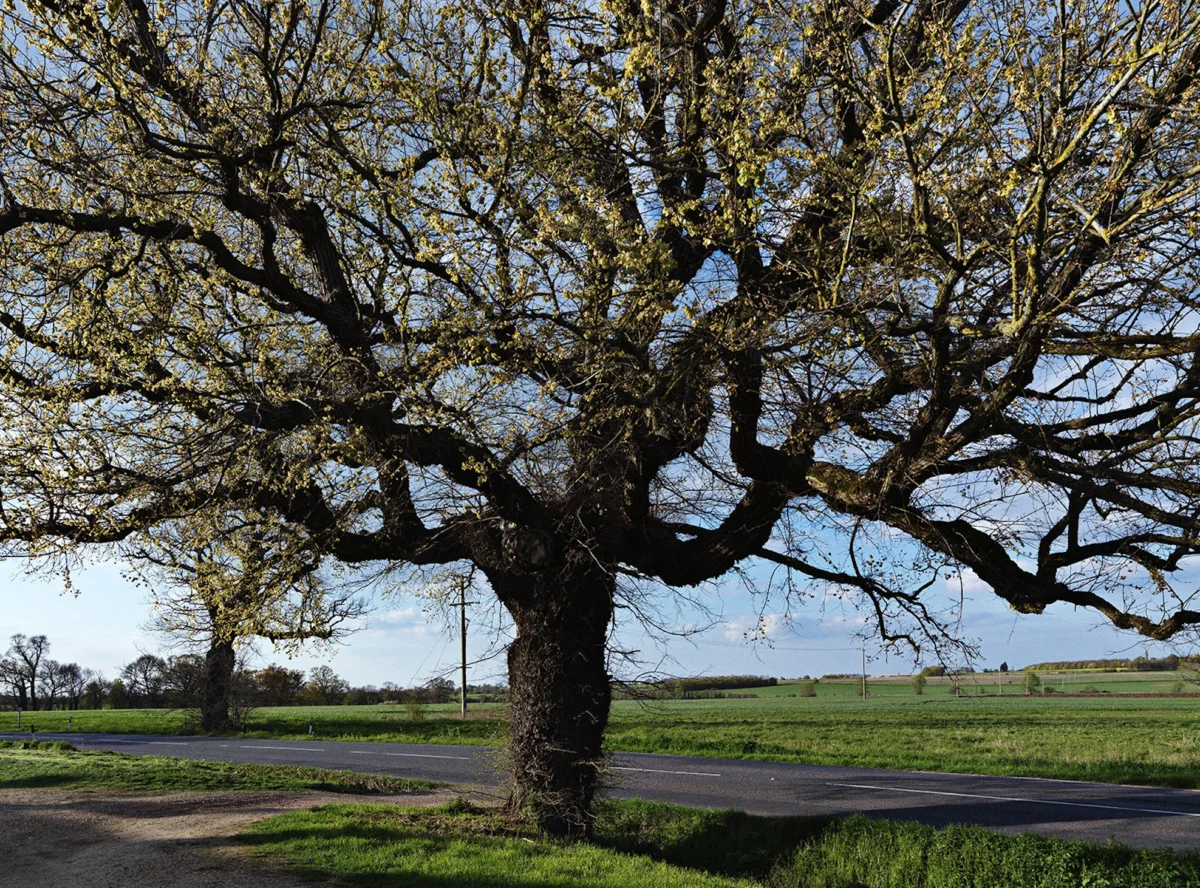
The resilience of the elm tree – almost brought to extinction by Dutch elm disease – captured in photographs across Britain
By
The elm, once a ubiquitous presence in the British landscape, was brought to its knees by Dutch elm disease in the latter half of the 20th century. Yet, amid the devastation, a remarkable story of resilience has unfolded. Find below some of the fascinating examples of elm trees across the United Kingdom – from busy city streets in London to the quiet fields of Yeovil.
Ulmus ‘Plantyn’ flowers in bloom. This hybrid elm cultivar, released in 1973 by Dutch researchers, was instrumental in developing elms that are resistant to Dutch elm disease. Its genetic contribution to cultivars such as ‘Columella’ and ‘Lutèce’ represents a significant breakthrough in elm conservation.

These ‘Plantyn’ flowers signify hope for the future of this iconic tree species and stand as a testament to the dedication of botanical researchers and conservationists.
An Ulmus minor, or field elm, stands resilient on Dean Road, Bartlow, in Cambridgeshire. This highly adaptable species, known for its genetic variability, typically inhabits river habitats.
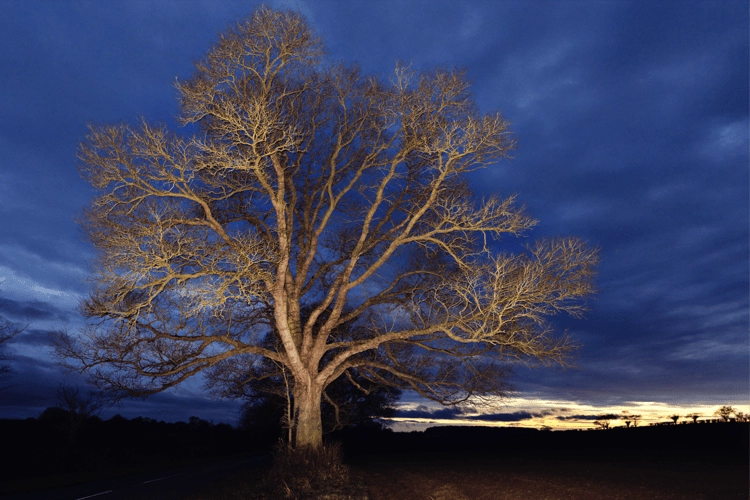
As a survivor of Dutch elm disease, this tree represents a remnant of the species’ former prevalence. Its presence in this upland location is atypical, highlighting the species’ capacity for survival in a diversity of conditions
A field elm with cattle grazing nearby in Yeovil. Known for its tolerance to both waterlogged and dry conditions, the field elm plays a crucial role in supporting wildlife.
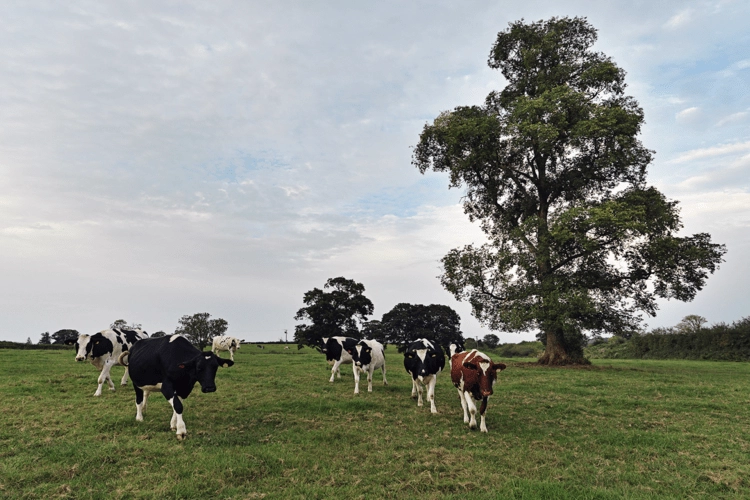
Its extensive root system also helps to prevent soil erosion, while its dense canopy provides shade and shelter for livestock.
An elm zigzag sawfly (Aprocerosleucopoda) caterpillar feeds on an Ulmus x hollandica ‘Vegeta’, or Huntingdon Elm, leaf in Gensing Gardens, Hastings.

The distinctive zigzag pattern created by the feeding larvae is a telltale sign of this pest, which can cause severe defoliation. Repeated attacks weaken tree health and disrupt the delicate balance of the local ecosystem.
An imposing Ulmus minor ‘Atinia’, or English elm in Kilmore Cemetery, Dervaig, on the Isle of Mull. Once a dominant tree in southern England, its presence here is a testament to its adaptability.
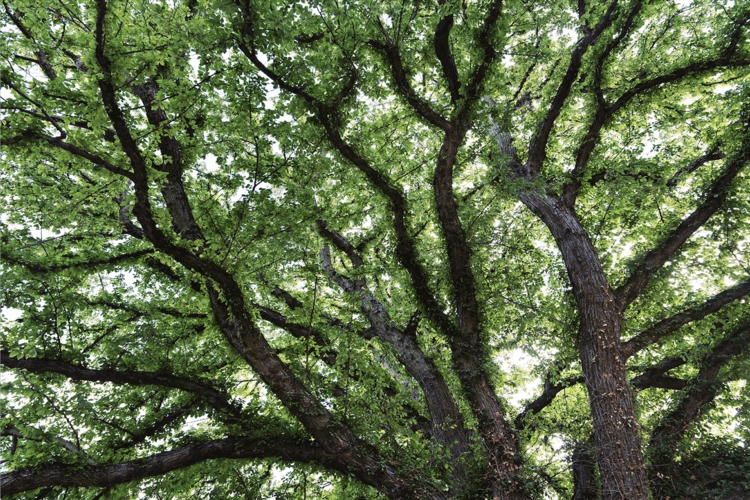
This cultivar, believed to have originated in Spain, was renowned for its rapid growth and stature before the arrival of Dutch elm disease.
A historic Huntingdon elm stands as a sentinel on Marylebone High Street in central London. This iconic tree, a product of 18th-century horticulture, once formed the backbone of English urban landscapes.
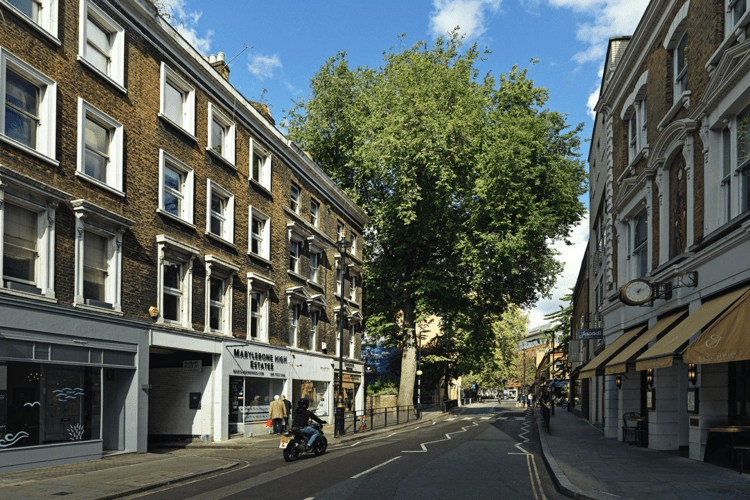
Despite the devastating impact of Dutch elm disease, this survivor showcases the resilience of the species and offers invaluable genetic material for future conservation efforts.





